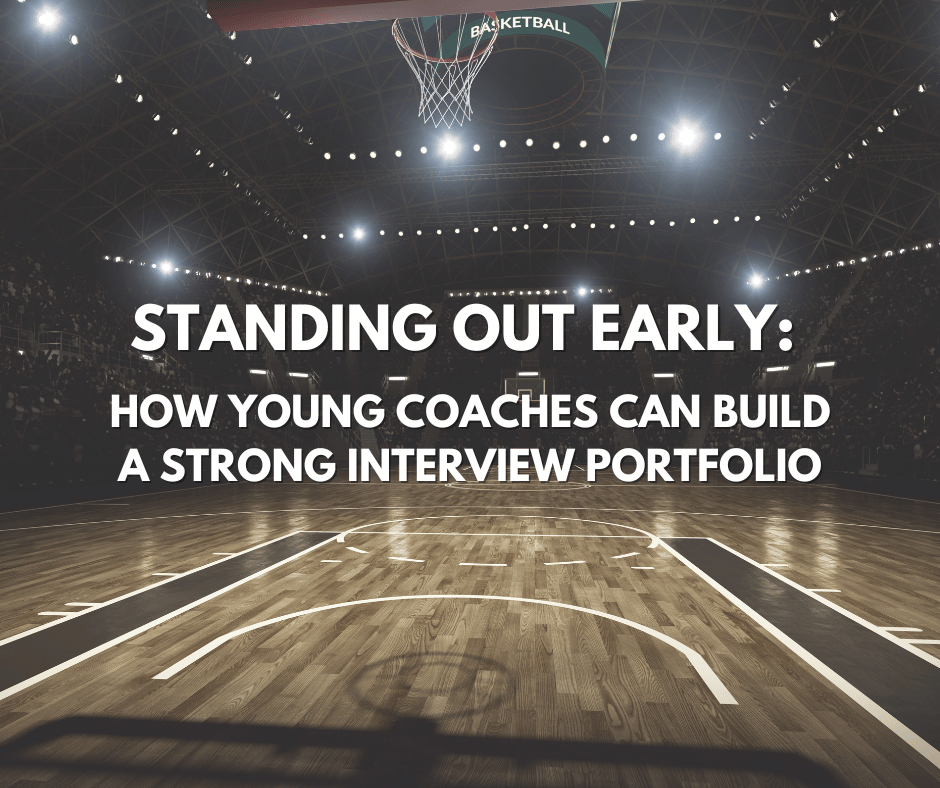Creating a written plan for a coach seeking a new head coaching role involves a structured approach to personal and professional development, strategic networking, and targeted application efforts. Here’s a comprehensive plan outline that includes the key elements a coach might focus on to position themselves effectively for a head coaching position.
Phase 1: Self-Assessment and Visioning (Weeks 1-2)
Objective: Define your coaching philosophy, career aspirations, and personal strengths/weaknesses.
- Coaching Philosophy: Document your approach to leadership, player development, game strategy, and culture-building.
- Self-Assessment: Analyze past successes, challenges, and growth areas. Identify specific skill sets and accomplishments that align with the head coaching roles you are targeting.
- Personal Development Goals: Determine key areas for personal growth (e.g., leadership style, relationship management).
- Future Vision: Write a clear vision of what you want to accomplish as a head coach and the type of program you hope to lead.
Phase 2: Build and Refine Your Application Materials (Weeks 3-6)
Objective: Create a comprehensive portfolio showcasing your skills, achievements, and coaching philosophy.
- Resume Update: Highlight head coaching-relevant experience, accomplishments, and skills, tailoring it to each job.
- Cover Letter Template: Write a cover letter that can be customized for different positions.
- Portfolio: Build a portfolio (e.g., at www.coachingportfolio.com) that showcases:
- Program achievements and player development stories.
- Personal coaching philosophies, including culture-building and recruiting approaches.
- Testimonials from players, assistant coaches, or colleagues.
- Create a digital portfolio or website that not only displays portions of your main portfolio, but also highlights digital media and video of your previous team successes.
- Video Highlights: Create short highlight reels of past teams’ performances, if possible, to demonstrate your coaching impact.
Phase 3: Network Strategically (Weeks 7-12)
Objective: Build meaningful relationships with decision-makers and influencers in your target programs.
- LinkedIn and Twitter Optimization: Update profiles to reflect head coaching ambitions, engage with industry-relevant content, and connect with coaches and athletic directors.
- Network Building: Schedule calls or meetings with mentors, colleagues, and previous players who can advocate for you.
- Attend Conferences: Plan to attend coaching conventions, workshops, or clinics to network and showcase your expertise.
- Informational Interviews: Reach out to current head coaches and administrators at target institutions for insights and advice.
- Engage in Volunteering or Speaking: Offer to conduct workshops or guest speak at clinics to broaden your professional network.
Phase 4: Application Process (Ongoing)
Objective: Identify target opportunities and apply with a customized approach.
- Target Institutions: Research schools that align with your goals and values; prioritize programs with recent coaching turnovers or likely vacancies.
- Job Alerts: Set up alerts on job boards (NCAA Market, HigherEdJobs, etc.) to track new listings immediately.
- Customized Applications: Tailor each application to reflect the specific goals and challenges of each program.
- Mock Interviews: Practice interviews with colleagues or mentors to sharpen responses to common and program-specific questions.
- Follow-Up Protocol: After each interview, send a personalized thank-you note and maintain contact if you remain interested in the role.
Phase 5: Professional Development (Ongoing)
Objective: Continue improving your skills and marketability as a candidate.
- Education and Certifications: Pursue any certifications, additional coursework, or seminars that can bolster your credentials.
- Stay Updated on Trends: Regularly read up on current coaching trends, drills, and strategies in your sport to stay competitive.
- Mentorship and Feedback: Seek feedback on your portfolio, resume, and interview performance to continuously refine your approach.
Phase 6: Self-Reflection and Adjustment (Quarterly)
Objective: Assess progress and make adjustments to stay on course.
- Quarterly Review: Evaluate your progress, noting applications, interviews, and any feedback received.
- Reassess Goals: If progress is slower than expected, consider widening your job search criteria or seeking additional support from mentors.
- Celebrate Small Wins: Recognize and celebrate each interview, new network connection, and personal improvement milestone as part of your journey.
Key Metrics for Success
- Network Growth: New meaningful connections each month.
- Application Submission: Track applications sent, interviews secured, and feedback received.
- Portfolio Engagement: Monitor visits or feedback on your digital portfolio/website.
- Personal Development: Document skill improvements and confidence level in mock interviews.
This written plan provides a structured roadmap, helping you stay focused and consistent in your job search. Each phase builds upon the previous, ensuring a comprehensive and strategic approach toward landing a head coaching role.
If you need help with your coaching resume, your portfolio, or the interview process, be sure to sign up for one of our job prep packages at The Coaching Portfolio Guide! We provide services that assist with all aspects of the job search process for coaches. Click here to get started today!
Written By: Bill Vasko – CEO, XO Coach






